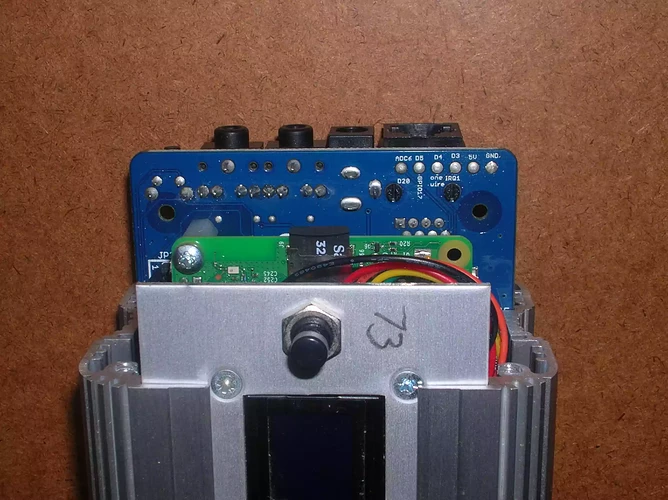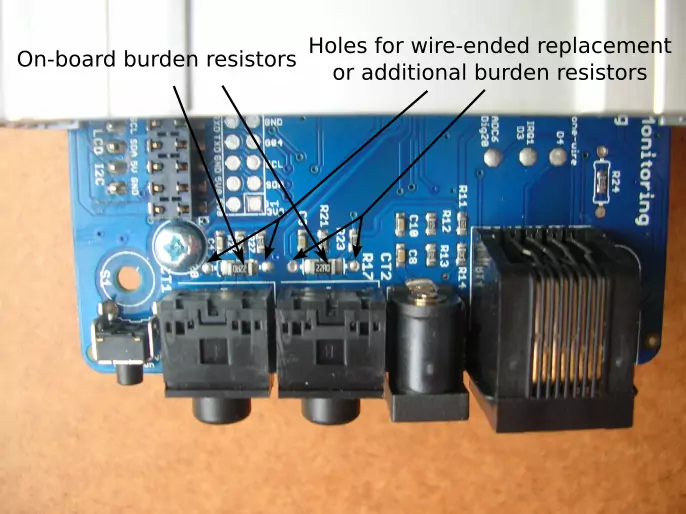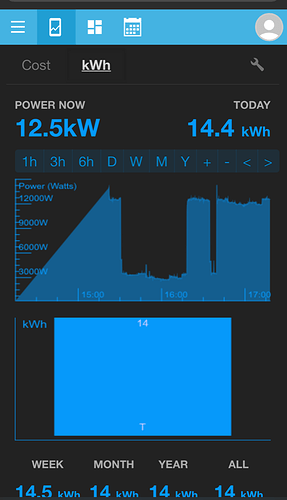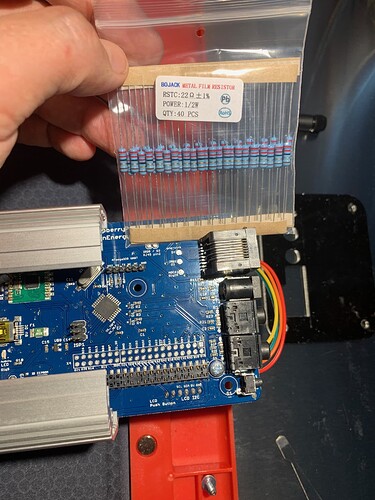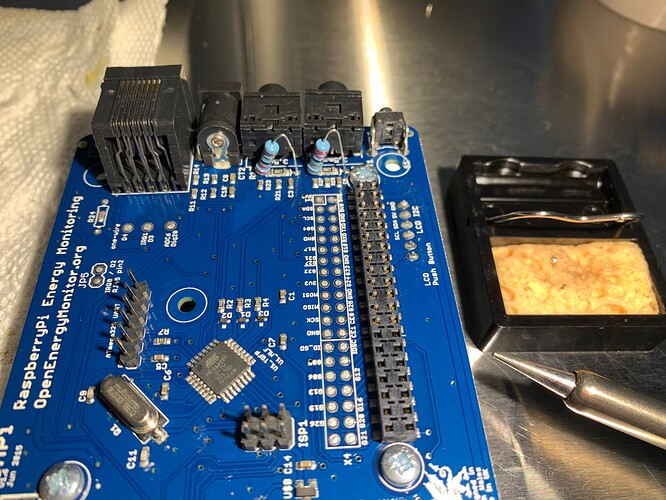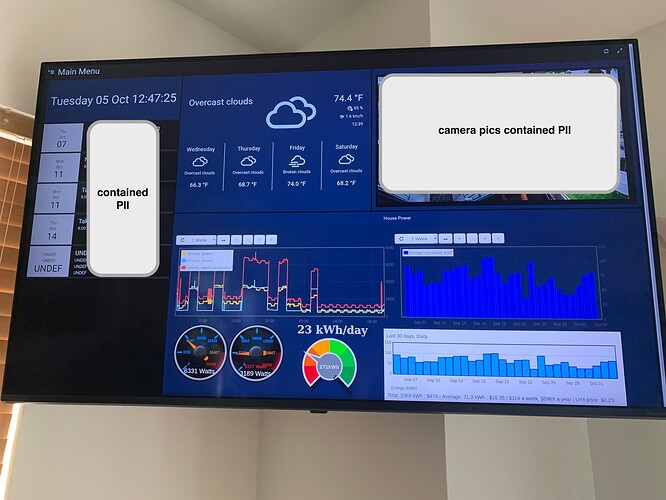Hi OEM community
Brand new here today, so excuse my lack of knowledge.
Recently, as a simple project for myself, I tried to build my own energy monitor and it didn’t work out as well as I had hoped. (I wont go into details). however, I really want a whole house energy monitor with the eventual goal of providing power usage trending of customizable specific time periods.
So looking around I found this group. After some time looking at the products here at OEM, I’m considering purchasing one of these emonPI energy monitors. However I have some concerns that I need validated or corrected and I just need general advice before I fork out my cash.
My power box looks like this and you can see my pi project with a daughter board that is hosting 2x CT sensors (Plan is to replace the current pi with an emonPI):
The CT sensors I purchased were these because they fit (snug) on my cable diameter:
Summary CT = 16mm inner diameter, 42 ohms internal resistance, 100A/100mA 1000:1 ratio
Doing a little research, I was reading this article about suitable transformers and couldn’t find one that matched the specs of my CT:
Edit: as a new user I cannot post more that 2 url links, but there is an article on this site about suitable current transforms that is very technical:
I would like to avoid buying new CTs, if possible but will do so if I have to.
So my questions,
- Will my current CTs work with the emonPI? And if not, can anyone make a recommendation on a set of CTs that will work on my cable diameter and help me achieve a setup where Im trying to measure whole house power.
- In laymen’s terms, if I need to make modifications to the emonPI which I noticed was mentioned here: Modifications may be necessary, what would I need to change or do because much of the technical language outlined in the link above about suitable transforms is slightly over my level of understanding. i.e I dont know if I need to include additional hardware, or its physical modification to the emonPI or just software configuration changes to the emonPI.
Really appreciate anyone’s advice and patience 

